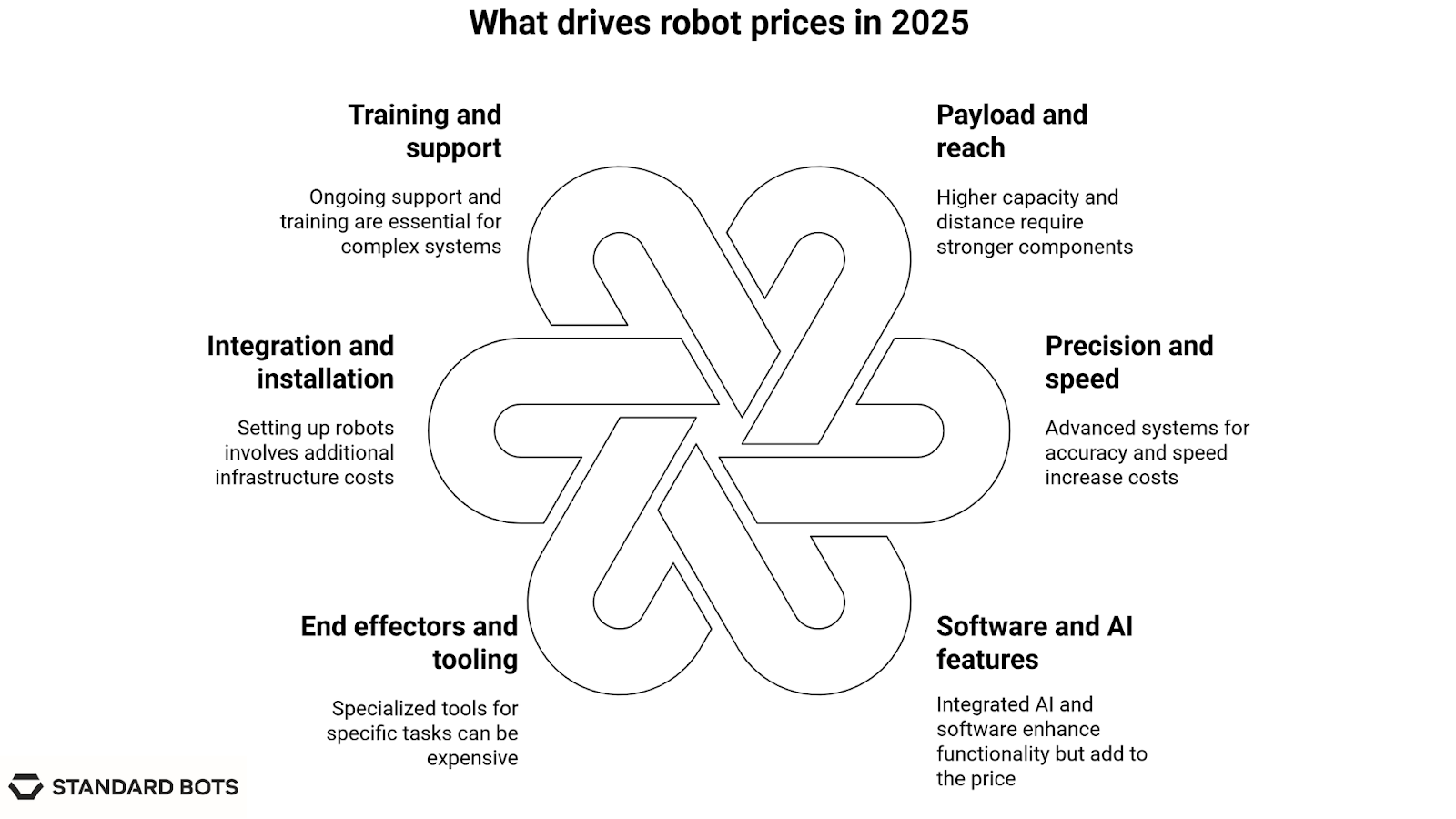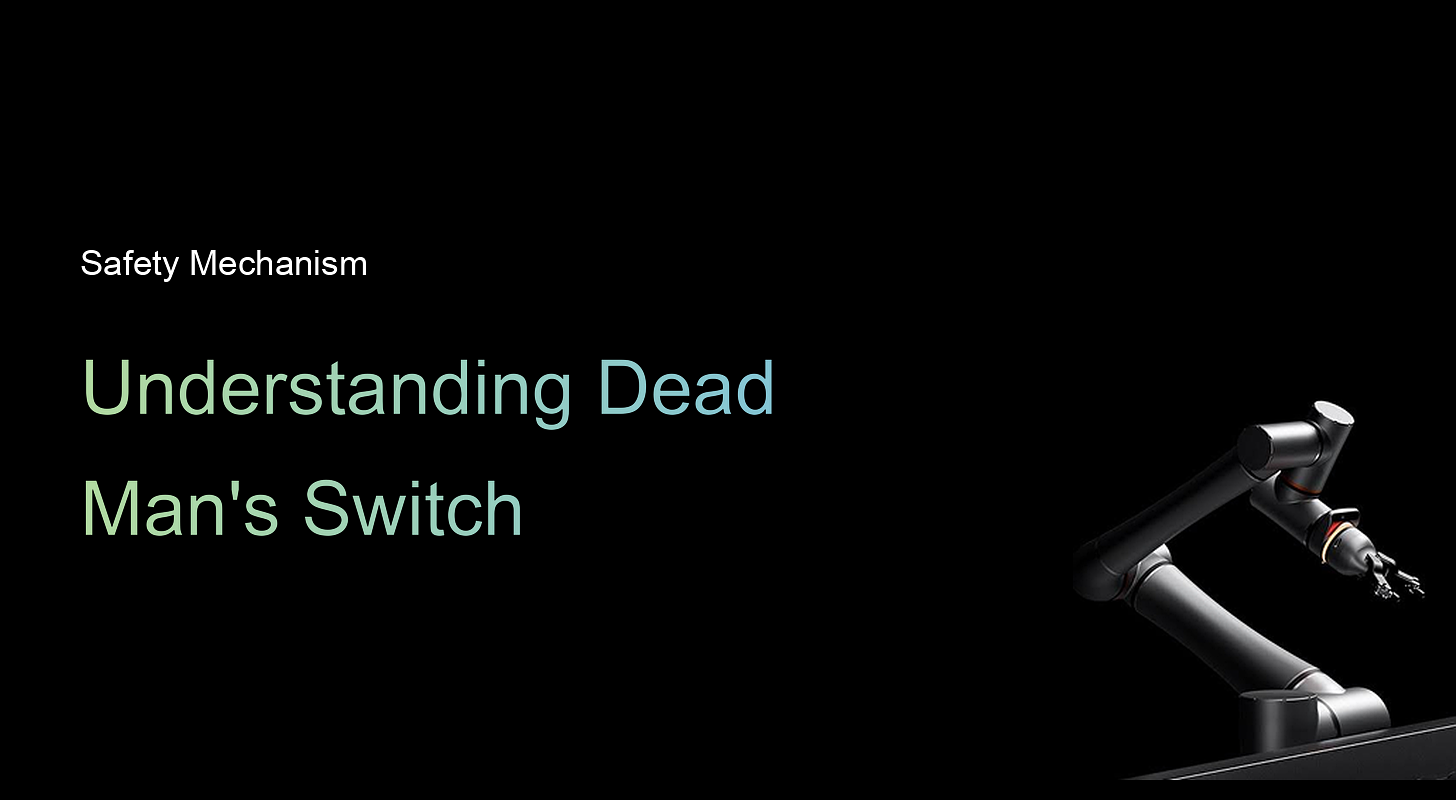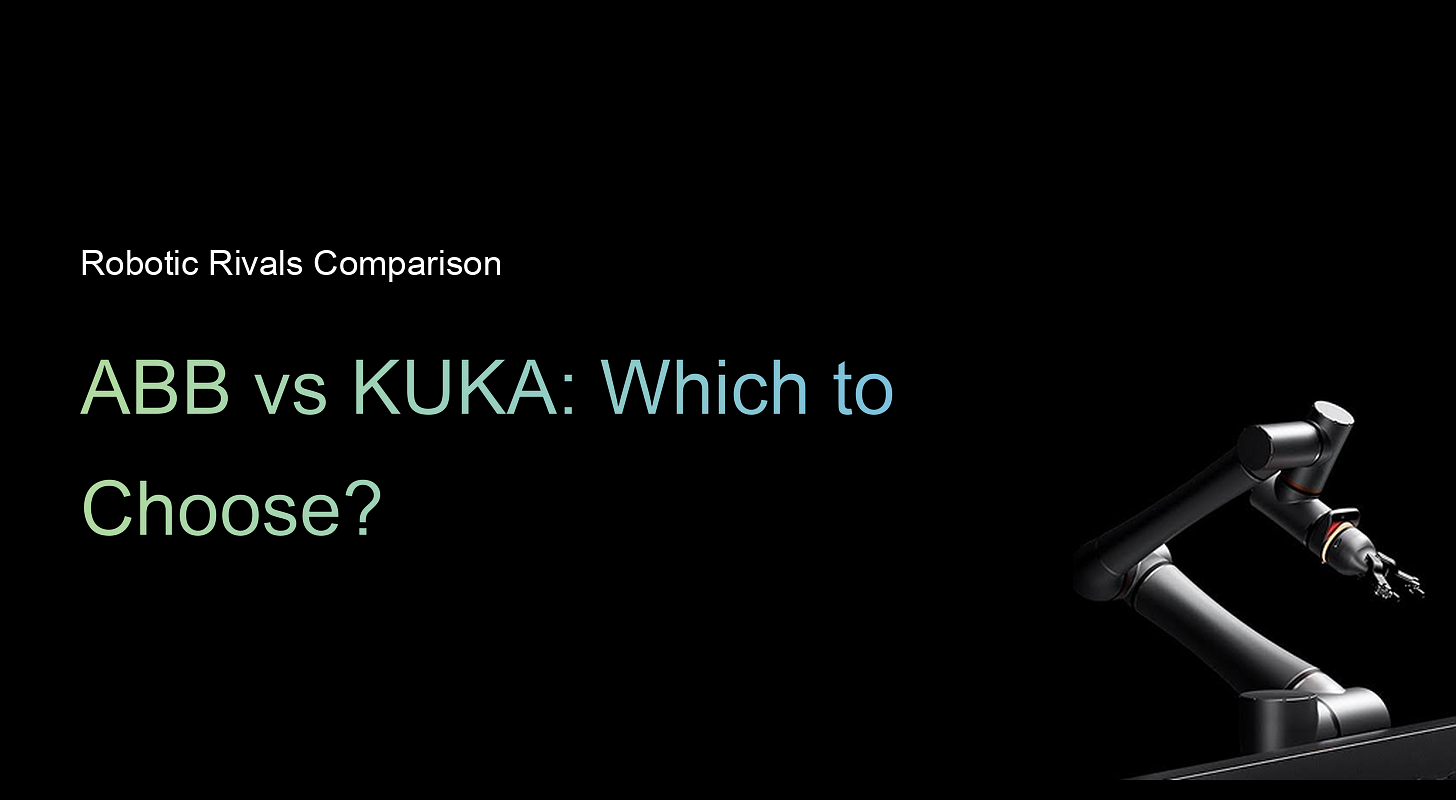Robot machine prices in 2025 range from $25,000 for entry-level models to well over $1 million for advanced humanoids.
That’s a massive spread, and it depends heavily on the robot’s purpose, size, and the level of integration required. For example, a collaborative robot for light assembly might cost $35,000, whereas a humanoid research robot could cost over $200,000.
What are robots, and how much do they cost?
A robot is a machine, often programmable, that can carry out a series of actions automatically. Robot costs range from about $25K to $1M+, depending on the specs.
Robots can be controlled externally or have embedded control systems. While some may mimic human form, many are designed for specific tasks with a focus on functionality rather than aesthetics.
Some robots are fixed in place, like industrial arms used in manufacturing. Others move around, like warehouse bots and humanoid robots. What they all have in common is the ability to sense, compute, and act, often faster and more consistently than a human could.
Here’s a quick breakdown of average base costs by robot type:
The price also varies depending on the robot’s job. For example, warehouse AGVs are more affordable than humanoid robots, and welding bots sit somewhere in the middle.
Price ranges by robot type
Price ranges by robot type vary based on application, build complexity, and required integration. A cobot helping with screwdriving on a production line costs a fraction of what you’d pay for a humanoid robot that navigates complex environments.
Here’s a closer look at the most common categories and what you can expect to spend:
1. Collaborative robots (cobots)
Cobots are built to operate safely around people without fencing or cages. They’re ideal for light assembly, packaging, inspection, and machine tending in smaller factories or businesses starting with automation.
Popular models include:
- Standard Bots RO1: Known for its plug-and-play design and high precision
- Universal Robots UR5e: A versatile 6-axis cobot
- ABB GoFa: Optimized for safe human-robot collaboration
Basic cobot arms typically range from $25,000 to $75,000. But when you include software, tooling, mounts, and integration into your production line, the full system cost lands between $40,000 and $150,000.
2. Industrial robots
Industrial robots are high-speed, high-payload machines often used in welding, palletizing, pick-and-place, and CNC applications. Unlike cobots, these require safety enclosures and professional installation.
Robot-only pricing ranges from $50,000 to $200,000, depending on size, speed, and complexity. For example, an ABB IRB 6700 or a FANUC M-710iC would fall in this category.
But the integrated cell cost, including controllers, vision systems, safety equipment, and custom tooling, often totals $150,000 to $500,000, especially in heavy-duty tasks like welding or automatic painting. You can dive deeper into robot-specific costs in our guides on ABB, FANUC, or KUKA robot pricing.
3. Mobile robots and AGVs
Autonomous guided vehicles (AGVs) and mobile robots are widely used in logistics, warehouses, and e-commerce fulfillment. These include shelf-carrying bots, floor scrubbers, and line-following carts.
Their price depends on navigation features, battery life, and payload capacity. A simple line-following AGV may cost $25,000, while advanced SLAM-based robots used in warehouse automation can go up to $150,000.
Most businesses factor in integration with warehouse management systems and fleet software, which adds to the overall cost.
4. AI-powered service robots
AI-powered service robots are used in hospitality, delivery, security, and inspection tasks. They operate autonomously in semi-structured environments like hotels, hospitals, and construction sites, using vision, mapping, and AI-driven decision-making to perform tasks safely and efficiently.
Prices vary widely:
- A basic room-service robot may cost $30,000 to $50,000
- Industrial inspection robots for power plants or pipelines may exceed $200,000
- A delivery robot with mapping, object recognition, and obstacle avoidance can run over $100,000
These often include AI software, vision systems, and remote monitoring, all of which increase cost but offer more autonomy.
5. Humanoid robots
Humanoid robots have moved beyond purely experimental prototypes and are now commercially available at a range of price points. For example, Unitree’s G1 model retails for about $16K, and its successor, the R1, is offered at approximately $6,000. More affordable research platforms, such as the Hugging Face HopeJR, are priced near $3,000.
Many of these robots are used in research, prototyping, and some only have limited commercial pilots due to high development costs and technical complexity.
The Tesla Optimus, for instance, is expected to cost around $20,000 to $30,000 (at mass production) in early commercial deployments, though some speculate Optimus could cost $100K+. However, Tesla hasn’t confirmed a final number. Most humanoids used in research, like Honda’s ASIMO or Boston Dynamics’ Atlas, cost over $1 million when factoring in development and support.
While you might see headlines about a Tesla robot for sale, real availability is still limited, and commercial use is far from mass adoption.
What drives robot prices in 2025?
Robot prices in 2025 are shaped by factors like payload and reach, precision and speed, software and AI features, end effectors and tooling, integration and installation, and training and support.
Each of these influences the base cost and total system investment, from the hardware’s strength and accuracy to the complexity of deployment and ongoing maintenance needs.

- Payload and reach: A higher payload means stronger motors, reinforced joints, and better balance, all of which drive up the price. A robot that can lift 5 kg will be cheaper than one that needs to move 100 kg with precision. Likewise, a longer reach requires stronger, more rigid structures, which adds to both material and motor costs.
- Precision and speed: Faster robots with tight repeatability (±0.02 mm or better) cost more because they rely on advanced encoders, high-performance actuators, and tuned control systems. If you’re welding thin metal seams or assembling electronics, you’ll need that level of accuracy, and you’ll pay for it.
- Software and AI features: Robots that come with advanced vision systems, machine learning models, and plug-and-play APIs are more expensive up front but save time during deployment. For example, cobots with integrated force sensors and object detection software can adapt in real time. That flexibility adds value but also cost.
- End effectors and tooling: The robot arm is only half the system. You also need tools like grippers, welders, polishers, or suction cups. Custom tooling for niche tasks can range from a few hundred to tens of thousands of dollars, depending on complexity and durability.
- Integration and installation: Robots don’t work in isolation. Installing them often means adding conveyors, safety fences, light curtains, or even modifying your floor layout. Integration costs, including design, testing, and deployment, can be as much as the robot itself.
- Training and support: You’ll also need to budget for operator training, remote support packages, and long-term service contracts. Some vendors include this in the base price, but others charge extra. The more complex your robot system, the more you’ll need ongoing support.
Hidden robot costs you should plan for
Installation delays and debugging
Installation delays and debugging can occur even with well-packaged robots, as mechanical setup, software configuration, and testing take time.
You might face days or even weeks of partial downtime, especially if integration involves other systems like conveyors or sensors. If replacing a manual process, expect some short-term disruption to productivity, which should be factored into your rollout timeline.
Training and re-skilling operators
Training and re-skilling operators is necessary even for modern robots that are easier to use, such as cobots. Operators need to learn programming, safety checks, and basic maintenance, and in some cases, external trainers or integrators may be required for advanced setups.
Training costs typically range from $1,200 to $7,500+, depending on whether it’s remote or on-site and the number of staff involved.
Ongoing maintenance and service
For maintenance, you’ll need to plan for:
- Replacement parts like belts, seals, motors, and encoders
- Remote diagnostics or field service contracts from the vendor
- Preventive maintenance every 6 to 12 months (or more frequently for heavy-duty robots)
Annual maintenance costs vary, but for a $60,000 robot, expect to spend $3,000 to $6,000+ per year on average. This helps keep performance consistent and prevents costly breakdowns.
Cybersecurity and IT upgrades
Cybersecurity and IT upgrades for robots are essential when they connect to internal networks or cloud-based dashboards. These costs can include secure remote access tools, data backup systems, network segmentation, and compliance measures for regulated industries.
Failing to address these areas can lead to vulnerabilities, operational downtime, or non-compliance penalties. In regulated industries, compliance costs for cybersecurity can add another 10–15% to your total system budget.
Insurance and regulatory compliance
Insurance and regulatory compliance costs for robots can include changes to business insurance policies and meeting new safety or certification requirements, especially in industries like food, medical devices, or automotive.
Some regions mandate special audits or approvals before deployment, adding one-time costs that can delay rollout if not planned in advance.
Final thoughts: Should you buy or build a robot?
Buying is the right call when your workflow is stable, and you want long-term control at the lowest cost per task. Building a robot rarely makes sense unless you are in research or prototyping. It takes time, money, and technical resources that most teams do not have.
Whichever path you choose, focus on real deployment time, ongoing support, and how quickly the robot starts delivering returns.
Next steps with Standard Bots’ robotic solutions
Looking to price and deploy smarter? Standard Bots’ RO1 is the perfect six-axis cobot addition to your workflow, delivering unbeatable precision and flexibility.
- Affordable and adaptable: RO1 costs $37,000 (list price). Get high-precision automation at half the cost of traditional robots.
- Precision and power: With a repeatability of ±0.025 mm and an 18 kg payload, RO1 handles even the most demanding tasks.
- AI-driven simplicity: Equipped with GPT-4 level AI, RO1 integrates with your shop software using no-code tools.
- Safety-first design: Built-in vision and collision detection let RO1 run safely beside human operators.
Schedule your demo with our engineers today and see how RO1 can bring AI-powered productivity to your floor.
FAQs
1. How much does it cost to maintain a robot annually?
The annual maintenance cost for a robot is typically $3,000 to $6,000+ for preventive servicing, parts, and support, especially for industrial arms used in daily operations.
Costs may be higher for robots running multiple shifts or in harsh environments that require more frequent part replacements and calibration. Preventive maintenance helps reduce the risk of unplanned downtime, which can be far more expensive than the servicing itself.
2. Is leasing a robot cheaper than buying?
Leasing a robot is cheaper upfront than buying because it spreads costs over time and often includes service, training, and upgrades. Leasing allows companies to test automation before committing long-term. This flexibility can be useful for businesses in fast-changing industries where technology updates frequently or production needs may shift.
3. What is the typical payback period for an industrial robot investment?
The typical payback period for an industrial robot investment is 6 to 18 months, depending on runtime, task complexity, and cost of integration. High-volume, repetitive jobs tend to recover the robot cost fastest due to greater labor savings and reduced cycle times. Businesses running multiple shifts often see even quicker returns because the robot operates more hours without incurring additional labor costs.
4. How can I minimize the cost of building a DIY robot?
You can minimize the cost of building a DIY robot by using open-source hardware, low-cost sensors, and off-the-shelf components. However, DIY builds rarely meet industrial safety or reliability standards, and hidden costs like troubleshooting, maintenance, and lack of support can add up quickly.
For commercial applications, buying a proven robot is usually more cost-effective in the long run, especially when factoring in uptime and compliance requirements.
5. Are there affordable humanoid robots for home use?
Currently, there are no affordable humanoid robots for home use. Most humanoid robots, like the Tesla Optimus, are still in development or limited pilot programs. Existing models are priced for research, commercial, or industrial purposes, putting them out of reach for most households until manufacturing scales up and costs come down.
6. Do robot prices vary between the US, Europe, and India?
Yes, robot prices vary between the U.S., Europe, and India. In India, prices are generally lower due to reduced labor and logistics costs, but import duties and limited local availability can offset those savings. In Europe and the U.S., robots may cost more upfront, but buyers often benefit from better after-sales support, faster parts availability, and broader leasing or financing options.
Join thousands of creators
receiving our weekly articles.










.png)

